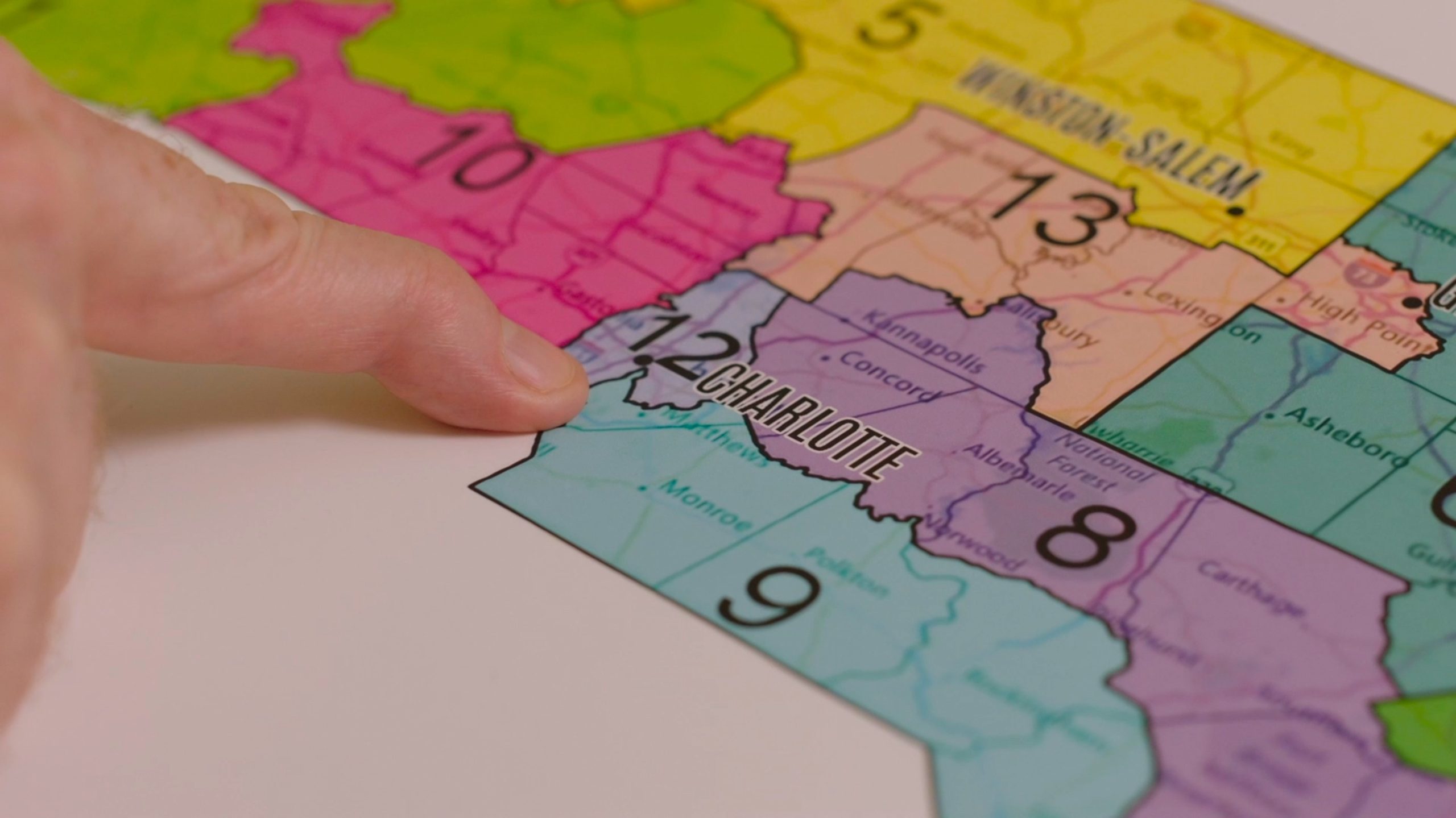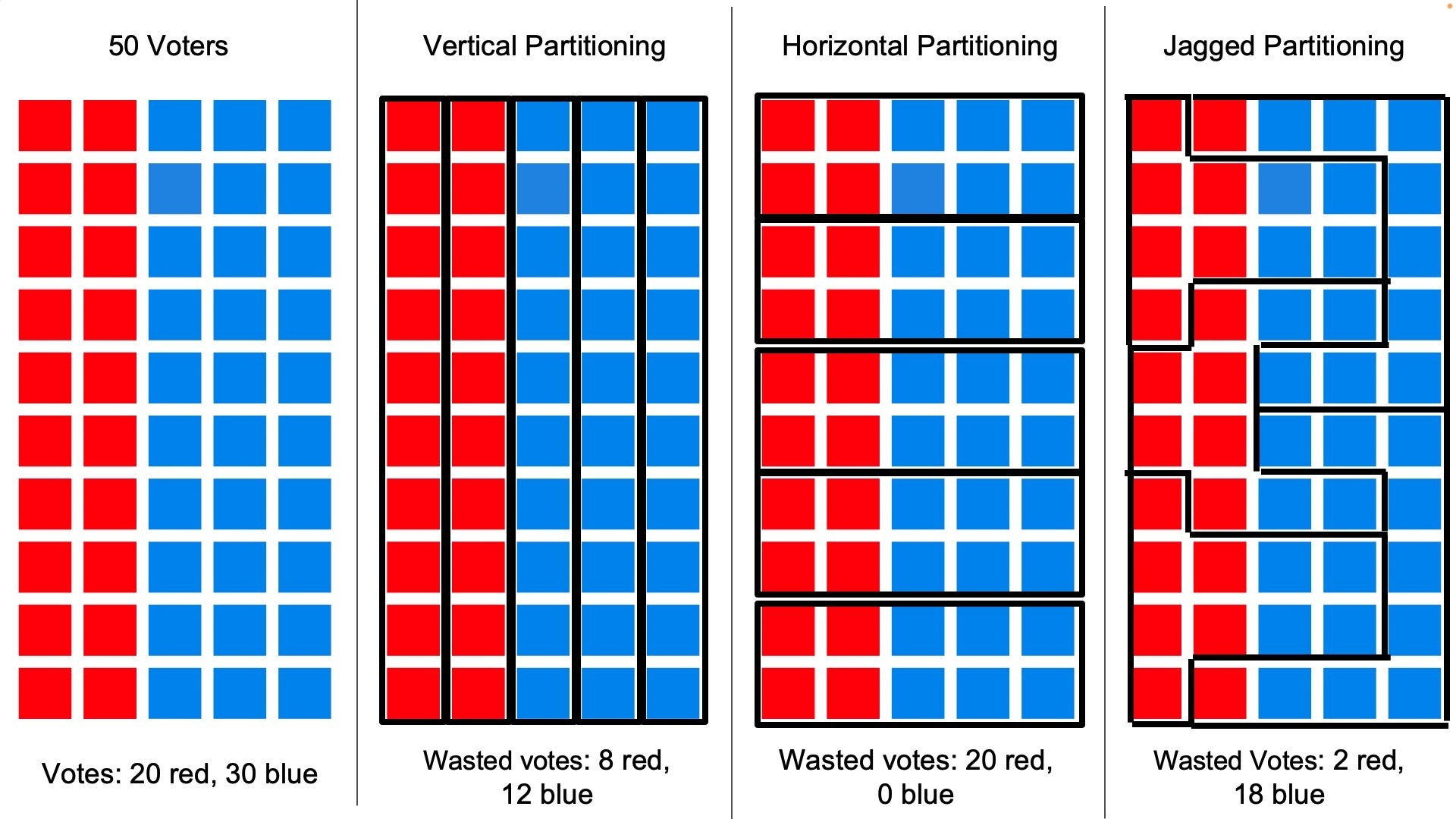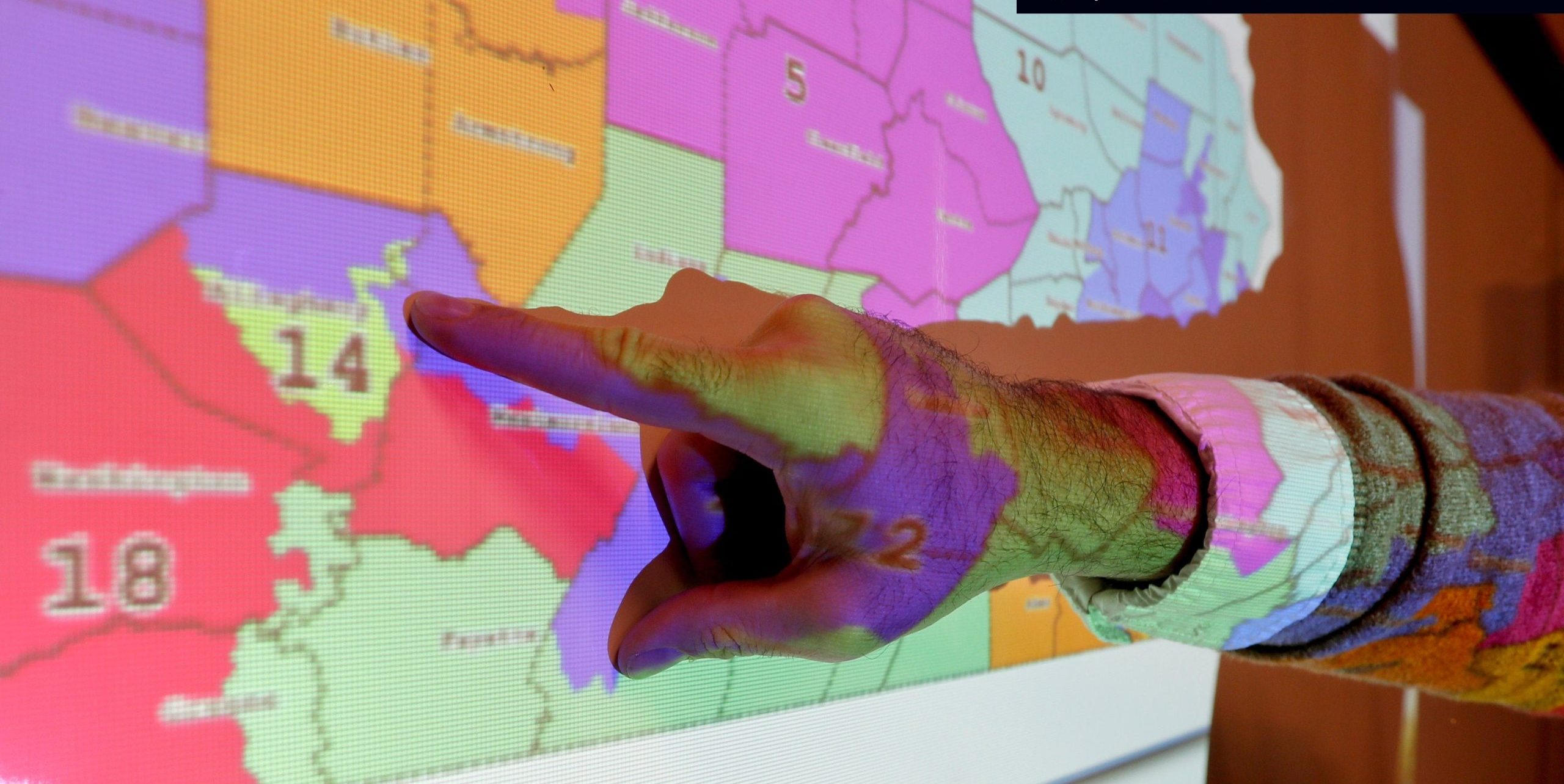Gerrymandering refers to the way voting districts are drawn in a manner that gives an unfair advantage to a particular political party or group. This practice affects how elections are conducted and how power is distributed within democratic systems. It often involves manipulating boundaries so that one party gains a stronger position, sometimes reducing the influence of the opposing side.
The term originates from the early 19th century when Massachusetts Governor Elbridge Gerry approved a redistricting plan that seemed to favour his party. One of the districts was shaped in a way that resembled a salamander, and thus, the term “gerrymander” was coined.
This practice has become a point of concern across different countries, particularly in democratic systems where representation is based on electoral districts. In many cases, the way these boundaries are created can influence who gets elected and which policies are pushed forward.

The process is legal in some countries but often regarded as ethically questionable because it weakens the principle of fair representation. Gerrymandering tends to create situations where the results of elections no longer reflect the actual preferences of voters. Instead, they reflect how effectively the district lines were drawn to benefit one group over another.
When politicians influence the redistricting process to suit their own interests, the outcome usually leans in favour of the dominant group. This reduces the chances of competitive elections, limiting voter choice and weakening public trust in democratic institutions.
How Gerrymandering Works
At its core, gerrymandering involves redrawing district boundaries to either concentrate opposition supporters in a few districts or spread them across many districts so their influence is diluted. These two methods are referred to as “packing” and “cracking”.
Packing puts as many of the opposition’s voters into a few districts as possible, ensuring their side wins those districts by large margins. Cracking, on the other hand, breaks up the opposition’s voters into several districts where they form a minority, thereby reducing their entire electoral strength.
Political parties usually control the redistricting process through legislative majorities or commissions, and those in power often take advantage of this authority. The process becomes even more problematic when conducted without transparency, public input, or oversight.
When district lines are shaped in odd or unnatural ways, it often indicates that they were drawn with political motives rather than fairness or equal representation in mind. Gerrymandering does not only impact election outcomes. It can also affect how resources are allocated and which communities receive adequate attention from their representatives.
Districts shaped to benefit a political party might cut across communities in unnatural ways, leaving residents without effective advocacy. As a result, public policy might fail to address the needs of certain areas simply because they lack political power.
Consequences on Representation and Democracy
One of the main effects of gerrymandering is the weakening of the link between voters and their representatives. Elected officials from gerrymandered districts may feel more accountable to their party leaders than to the people they are meant to serve.
This can lead to policies that reflect party interests rather than public needs. In some cases, it encourages extreme positions since candidates do not have to appeal to a broad base of voters.
Voter turnout may also decline in areas affected by gerrymandering. People often feel discouraged when they believe their votes carry little weight due to how the districts have been drawn. This can create a cycle where participation drops, leading to even less accountability from politicians. Over time, this undermines public faith in the electoral system, making it harder for democratic practices to function as intended.
Gerrymandering also contributes to political polarisation. In safe districts, candidates often win without needing to reach across party lines, reducing incentives to compromise or appeal to moderate voters.
This may increase legislative gridlock and prevent cooperation on important issues. As each side tries to protect its interests through redistricting, the process becomes a tool for entrenching power instead of enhancing fair competition.
Global Examples and Legal Disputes
While the practice is often associated with the United States, similar tactics have been observed in other democracies. In India, for instance, allegations of biased redistricting have surfaced from time to time.

In the United Kingdom, boundary changes occasionally attract criticism for favouring one party. These examples show that the issue is not restricted to one part of the world, and it affects the way citizens experience democracy in many different places.
Legal battles over gerrymandering are common, particularly in countries where courts have the authority to examine how district maps are drawn. Some courts have struck down maps that were deemed to be overly partisan or discriminatory. In other cases, however, the legal systems have been hesitant to intervene, citing a lack of clear rules about how to measure fairness in redistricting.
Independent commissions have been introduced in some areas as a way to reduce political influence in the redistricting process. These bodies are meant to create district maps based on objective criteria like population balance and community integrity, without favouring any political side. While this approach has helped in some regions, its success depends on how truly independent and transparent the commission is.
Proposals for Reform and Public Awareness
There is growing demand for reforms that reduce the impact of gerrymandering. Proposals include clearer rules for how districts should be drawn, greater public participation in the process, and the use of technology to test whether maps favour one side unfairly.
Some advocates suggest using mathematical tools to measure whether a map gives an unfair advantage, helping courts and the public understand when boundaries have been manipulated. Raising awareness is also crucial. When people understand how gerrymandering works and how it affects their representation, they are more likely to support efforts that promote fairness.
Public pressure can lead to policy changes or force political leaders to be more transparent in how they draw district lines. Civil society groups, journalists, and educators all have a role to play in helping voters make sense of how power operates in the background of electoral politics.
Efforts to improve redistricting practices will always face resistance from those who benefit from the current arrangements. However, making the process more transparent and accountable is essential for maintaining democratic systems that truly reflect the will of the people. Fair district boundaries help ensure that each vote matters and that all communities receive proper representation.
By improving how electoral districts are drawn, governments can create a stronger connection between the electorate and those in public office. This strengthens the foundation of democracy, encouraging participation and making sure that power is not concentrated unfairly in the hands of a few.









Leave a Reply